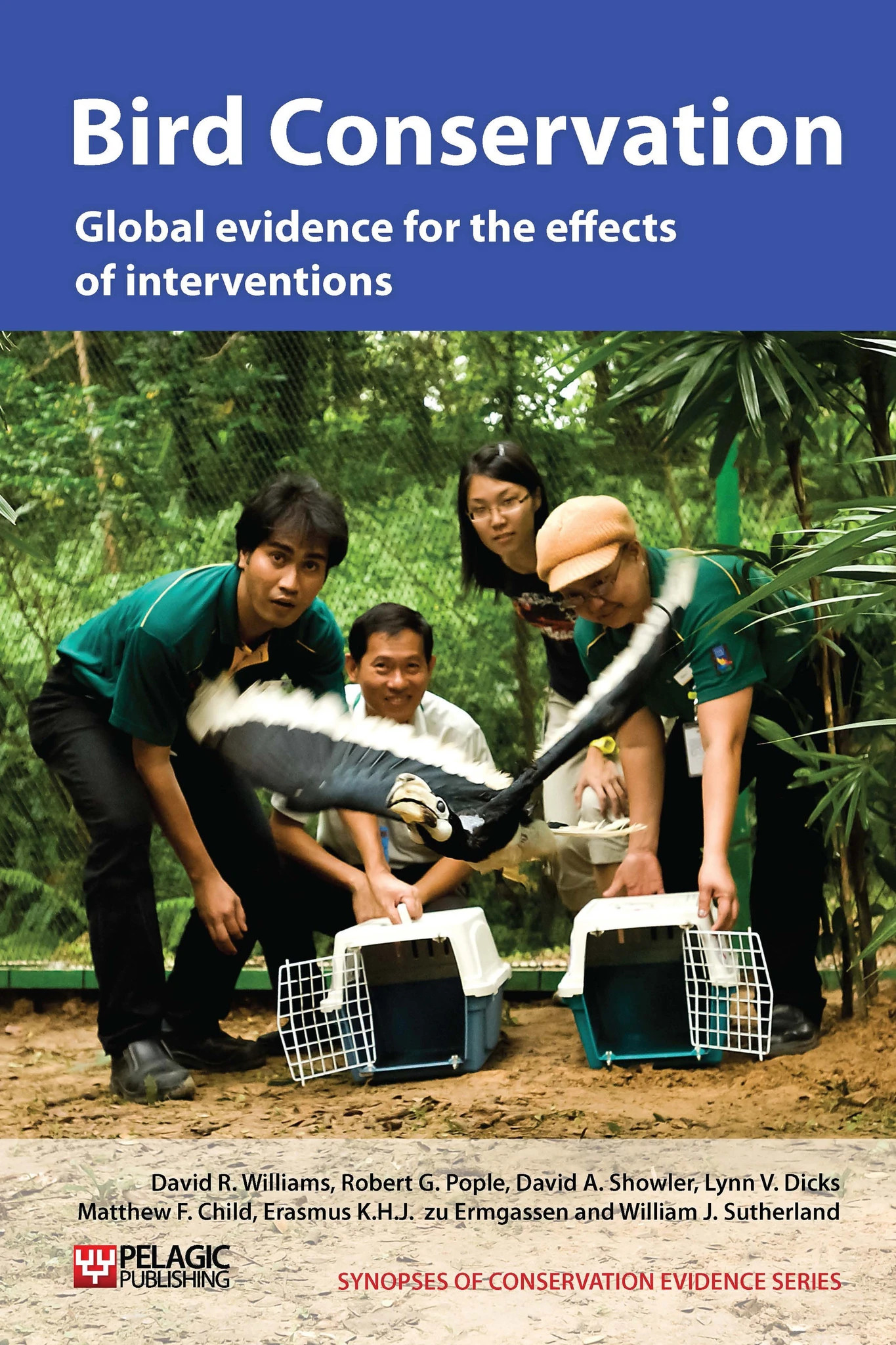Employ local people as ‘biomonitors’
-
Overall effectiveness category Unknown effectiveness (limited evidence)
-
Number of studies: 1
View assessment score
Hide assessment score
How is the evidence assessed?
-
Effectiveness
50% -
Certainty
19% -
Harms
0%
Supporting evidence from individual studies
A replicated study in 2004 (part of a longer study from 2000-2009) of 10 monitored yellow-shouldered parrot Amazona barbadensis nests in tropical forest habitat on Margarita Island, Venezuela (Briceño-Linares et al. 2011) found that the recruitment of young people as nest biomonitors significantly decreased poaching rate. Implementation of 24 h surveillance by the biomonitors resulted in a decrease in poaching from nearly 100% between 2000 and 2003, to 56% in 2004. A team of five young people of a similar age, background and social context as poachers were recruited from local communities to monitor nests. The authors point out that it was their hope that the biomonitors would be well-placed to encourage positive conservation action by peers. This study is also discussed in ‘Relocate nestlings to reduce poaching’, ‘Use education programmes and local engagement to help reduce pressures on species’, ‘Provide artificial nest sites’ and ‘Foster eggs or chicks with wild conspecifics’.
Study and other actions tested
Where has this evidence come from?
List of journals searched by synopsis
All the journals searched for all synopses
This Action forms part of the Action Synopsis:
Bird Conservation
Bird Conservation - Published 2013
Bird Synopsis





)_2023.JPG)














